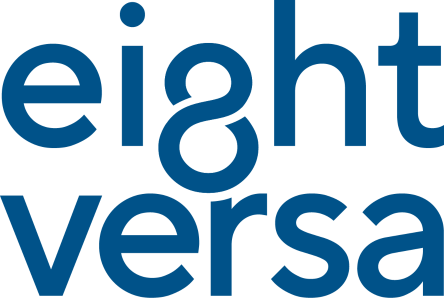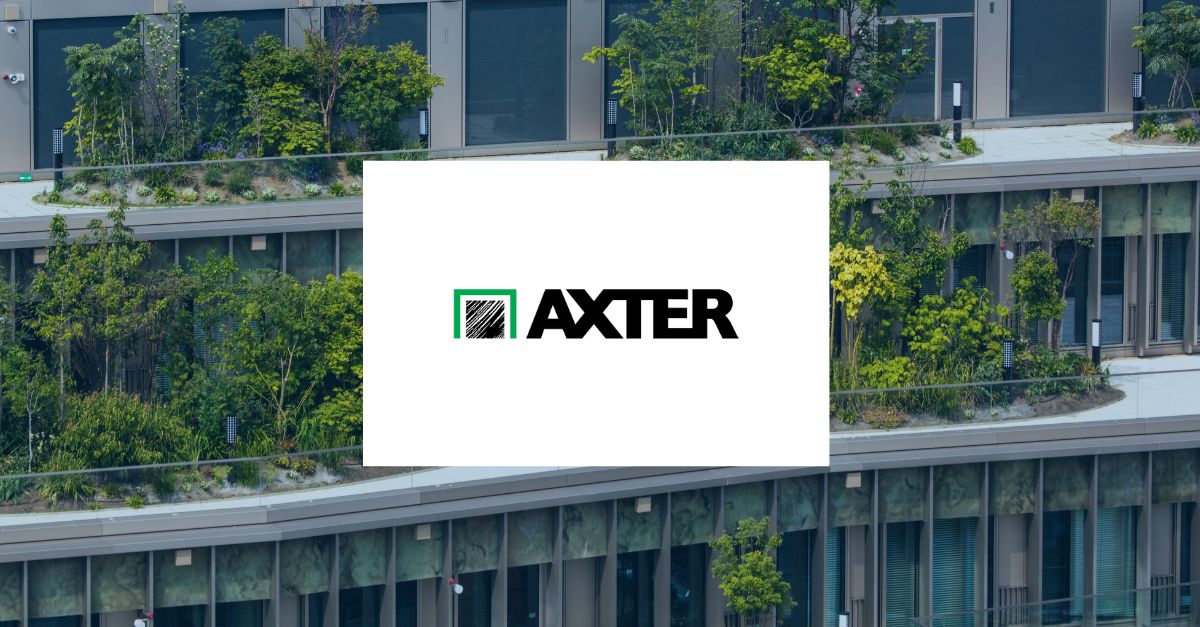Introduction
We have been working with a leading roofing solutions company in the UK to support their carbon footprinting requirements since 2022. As a company that sets high standards, they wanted to partner with an equally ambitious sustainability consultancy to help them achieve a positive impact on the environment. Our footprinting team were able to collaborate closely with them to calculate their 2022 carbon emissions, achieve Natural Carbon Solutions certification and set realistic reduction targets.
Collecting Quality Data
Eight Versa began with taking the organisation through the process of completing their first baseline carbon footprint in 2022. This involved weekly calls with key stakeholders including those from their finance and procurement teams to identify primary data collection sources and methods. This was an invaluable part of the process as we could collaborate closely with them to ensure the quality of the data remained high. It also meant that we could develop and agree where certain estimates and assumptions need to be made if the primary data was not available. We collaborated closely with the Axter team to collect and assess the required data so that our calculations could adhere to the Greenhouse Gas (GHG) Protocol and ISO 14064 standards. This is an important part of the process so that we can guarantee accuracy and reliability of their baseline carbon footprint.
Once Axter’s carbon footprint assessment was completed, Natural Carbon Solutions (NCS), the official certification partner of Eight Versa, conducted an independent verification of the results. It was important to Axter to demonstrate how they aligned with industry best practices and internationally recognised standards and so wanted to achieve third-party certification. As a result, Axter successfully obtained Carbon Measured certification from NCS, which further confirms the accuracy and reliability of the assessment.
A Critical Turning Point
During our initial carbon footprint assessment in 2022, we developed a carbon reduction strategy report for the organisation. Within this strategy document, we identified key emission hotspots across the organisation which were addressed through targeted reduction measures. Through our regular catch ups we were able to discuss the feasibility of our recommendations and work collaboratively on developing a meaningful and effective carbon reduction strategy.
The reduction recommendations were quantified to highlight the realistic emissions savings that could be achieved. Helping the organisation see how they can realise their ambitious goals was a critical turning point for their sustainability strategy. This was set in line with with industry-leading standards such as the Science-Based Targets Initiative (SBTi) Corporate Net Zero Standard and the Carbon Disclosure Project (CDP)





